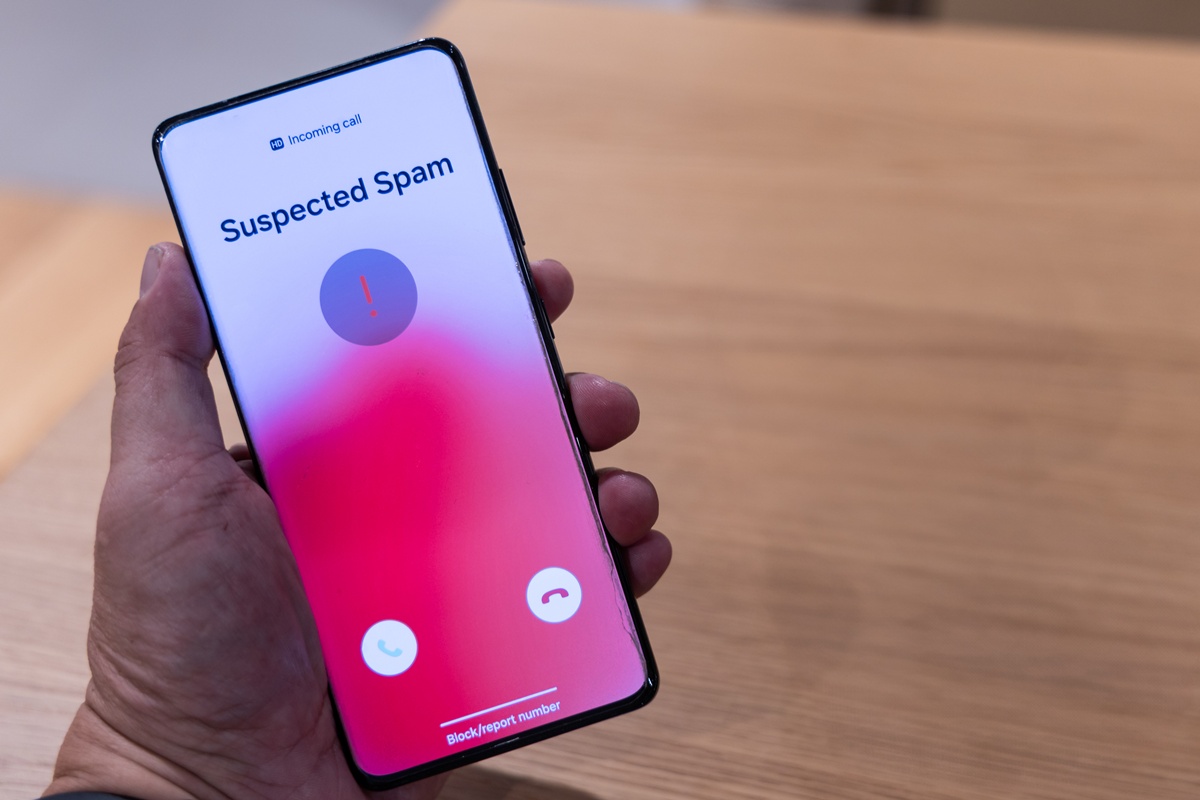June 10, 2025
Americans Hit with 4.8 Billion Robocalls in May, New Data Shows

Despite a slight monthly dip, robocalls in the U.S. surged more than 7% year-over-year in May 2025, and scam calls are leading the charge.
According to YouMail’s latest Robocall Index, Americans received just over 4.8 billion robocalls last month. That’s roughly 165 million calls a day, or 1,803 every second. While it’s a 2.5% decrease from April, the bigger story is the 7.3% increase from the same time last year and an 11% jump in total robocalls for the first five months of 2025.
The real red flag for businesses is that scam calls rose more than 10% in May, hitting 690 million, even as categories like notifications, payment reminders, and telemarketing all declined slightly.
YouMail CEO Alex Quilici said: “It’s nice to get a breather from 2025’s trend of higher robocall volume. However, it’s disappointing that the volume continues at a high level, and consumers still need to protect themselves from these annoying and sometimes dangerous calls.”
55% of All Robocalls Are Likely Junk
The data suggests that over half of all robocalls now fall into the “likely unwanted” category, such as scams and telemarketing, which combined accounted for roughly 2.7 billion calls in May.
For B2B and B2C brands that rely on phone-based CX, this means consumer trust in phone communication continues to erode. Customers increasingly ignore legitimate outreach, fearing deception or manipulation. This results in missed appointments and lower conversion rates on follow-up calls.
YouMail flagged one particularly aggressive campaign last month: a barrage of calls claiming to help businesses verify their Google My Business listings. The call featured messages like this one:
“Press 1 now to verify your listing. If your account is not verified, customers searching for your services on Google will not find your listing.”
The most problematic aspect is that the campaign often targets people who never signed up, aren’t business owners, and in many cases, don’t even have a listing. The calls appear to spoof tens of thousands of numbers, making it nearly impossible for recipients to block them.
The campaign not only skirts disclosure regulations, but it also implies Google charges for visibility. It doesn’t.
Time to Rethink Voice Strategy?
The robocall epidemic is becoming more than just an annoyance. It’s a threat to any brand that relies on voice as a trusted channel.
Whether it’s investing in verified caller ID, doubling down on SMS and email, or educating customers on what a legitimate brand call looks like, businesses can’t afford to stay silent, even if their customers want to.
